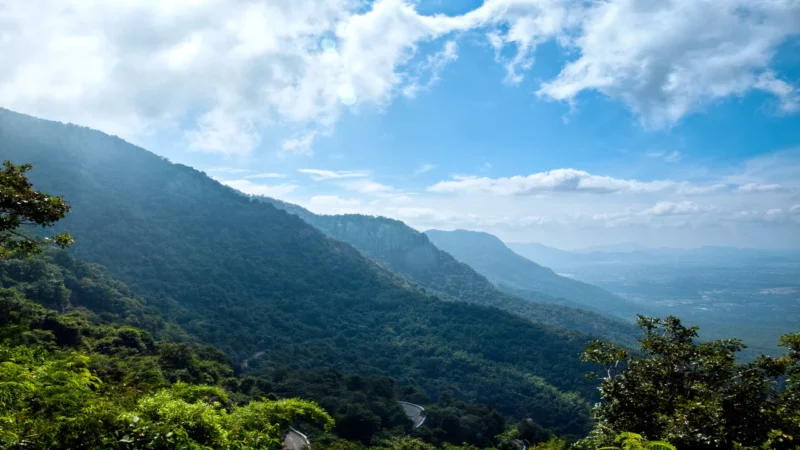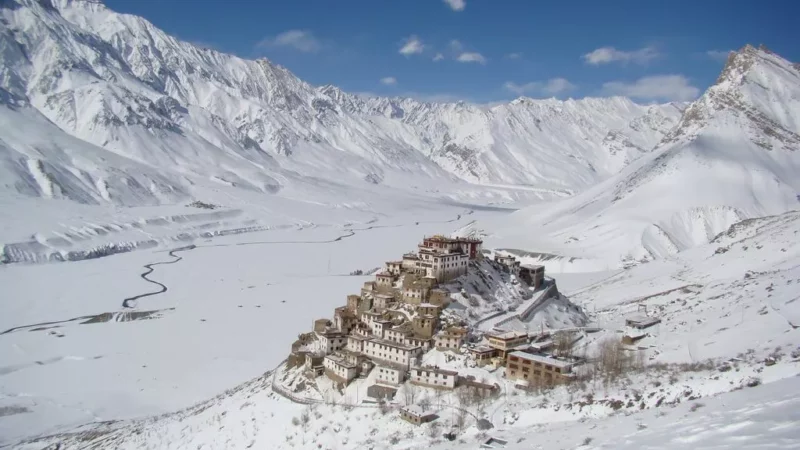Khajjiar often referred to as the Mini-Switzerland of India, is a less explored hill station in Chamba district, about 26 Km from Dalhousie in the northern state of Himachal Pradesh. Khajjiar– a deodar-enveloped saucer-shaped tiny Himalayan town in the Chamba valley is famous for its pristine picture-postcard environs, abundant greenery, culture, & packs a punch in terms of adventure activities, making it worth a visit for a vacation. This Himalayan town is one of the places in the world that bear a tropical resemblance to Switzerland and this hill station is situated at an altitude of 6500 feet above sea level surrounded by mountain ranges and amid dense pine forests with a pleasant climate makes this place a popular destination among tourists. One can witness a signboard with a Yellow Swiss hiking footpath that reads “Mini Switzerland“. The Khajji Nag Temple is the most sacred shrine in Khajjiar and the people there generally speak Himachali but almost all of them are comfortable with speaking Hindi as well.
Khajjiar- a tiny hill town in Chamba valley in Northern state of Himachal Pradesh, referred to as the Mini-Switzerland of India by Willy T. Blazer the Vice Counsellor & Head of Chancery of Switzerland on 7th July 1992. A holiday in Khajjiar is one of the cherished experiences of your Life. The Khajjiar Lake and Chamera Lake add charm to this place. The Khajji Nag Temple is the most sacred shrine in Khajjiar. There are plenty of activities to do like paragliding, horse riding, and zorbing. Zorbing (rolling downhill from inside a plastic 'zorb') is a popular recreational activity during April and May.
History of Khajjiar

On 7th July 1992, the Vice Counsellor and Head of Chancery of Switzerland, Mr. Willy T. Blazer named Khajjiar as ” Mini-Switzerland of India” on the World Tourism Map. One can witness a signboard of a yellow Swiss hiking footpath which showed the distance from Bernes, the capital of Switzerland, to Khajjiar – 6194 km. Even though this happened back in the year 1992, the attraction of this place has not diminished even a bit to date. A stone was also taken to the Swiss Parliament to title Khajjiar a Mini Switzerland of India.
Places to Visit In & Around Khajjiar
KHAJJIAR LAKE
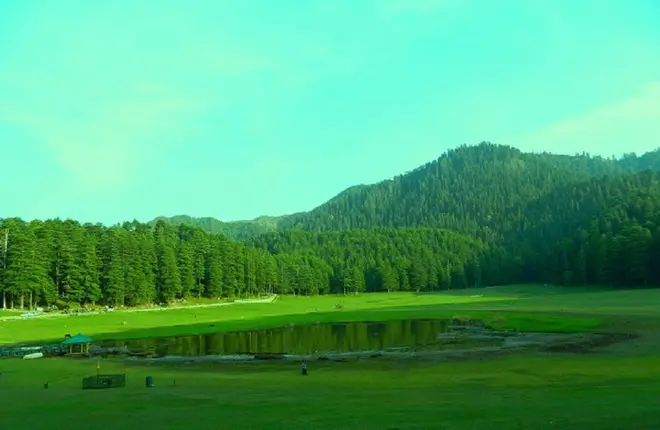
Horse riding and Zorbing are the best ways in spending your time at the lake. Zorbing (rolling downhill from inside a plastic ‘zorb’) is a popular recreational activity during April and May. If you are a trekking enthusiast, then Khajjiar is the best way to explore, and indeed, it serves as the starting point for treks to Chamba, Dalhousie, and Kalatop Wildlife Sanctuary.
Khajji Nag Temple
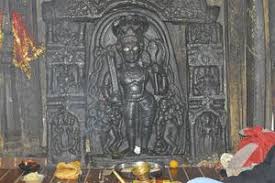
KALATOP WILDLIFE SANCTUARY
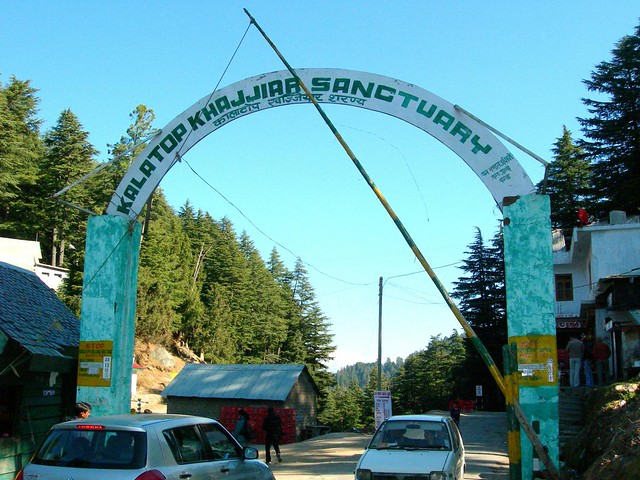
Kalatop Wildlife Sanctuary was founded in 1958, until then it was a gaming reserve for the rulers of Chamba. The lush greenery and breathtaking landscape here are marked by dense coniferous forests. The Flora in the sanctuary includes Cedar & Blue Pine, Green Oak, and Rhododendron trees. Besides the flora, it is also popular for medicinal plants and herbs. The Fauna in the Kalatop sanctuary are namely Deer, Himalayan Black Marten, Bear, Barking Goral, Leopard, Jackal, Langur, Serow, Himalayan Tahr, Goral, Ibex, Himalayan Squirrel, Muntjak, etc. and several beautiful birds like Black Headed Jay, Chestnut Billed Rock Thrush, Black Headed Jay, Grey Headed Cannery Flycatcher, etc., are found here. Hiking and Trekking are the best ways to explore the sanctuary and the best time to visit this sanctuary is during the Summer Season (March – June). No guided tours are available here. Besides the Flora and Fauna, you’ll also find a lake in the middle of the sanctuary offering splendid views to sightseers.



Places To Eat In Khajjiar
Eating options are limited in Khajjiar. There are a few restaurants here, Main Ground, and a few street stalls in the hill station that serve noodles and soups which are extremely popular. In-house restaurants of hotels and resorts come up to cater to a wide range of taste buds.
Best Time To Visit Khajjiar
Most of the budget hotels and homestays are located on Khajjiar-Chamba Road. Himachal Pradesh Tourism also operates hotels and some cottages which offer budget accommodation. Khajjiar also has several mid-range resorts (Mini Swiss Hotel, Shining Star Resort, Hotel Royal Residency, Hotel Swiss Meadows, Hotel Deodar) and almost all the hotels here offer panoramic views of the snow-clad mountains.
Where To Stay
Accommodation
Most of the budget hotels and homestays are located on Khajjiar-Chamba Road. Himachal Pradesh Tourism also operates hotels and some cottages which offer budget accommodation. Khajjiar also has several mid-range resorts (Mini Swiss Hotel, Shining Star Resort, Hotel Royal Residency, Hotel Swiss Meadows, Hotel Deodar) and almost all the hotels here offer panoramic views of the snow-clad mountains.
How To Reach
Road
Khajjiar is well-connected to major cities of India and is one of the easiest ways to reach the town by road. Cities such as Amritsar, Chandigarh, Delhi, and Manali are linked by a network of well-maintained roads. Many state-owned buses, taxis, and private vehicles are accessible to reach the town by road.
Train
The nearest railway station is Pathankot Cantonment, around 142 km away from Khajjiar. From there onwards, one needs to cover the distance by road. Pathankot Cantonment is well-connected to Khajjiar by frequent taxis, buses, and other transport.
AIR
Gaggal Airport which is also known as Kangra airport is situated in Gaggal and is the nearest airport from Khajjiar, located at 109 km. Other reachable airports are Pathankot (110 km), Amritsar (220 km), and Chandigarh (352 km).
Thank you for visiting my blog and stay tuned for more updates related to ancient history on my website: Ancientterminus


